Updated 15-01-2015 and 08-07-2015.
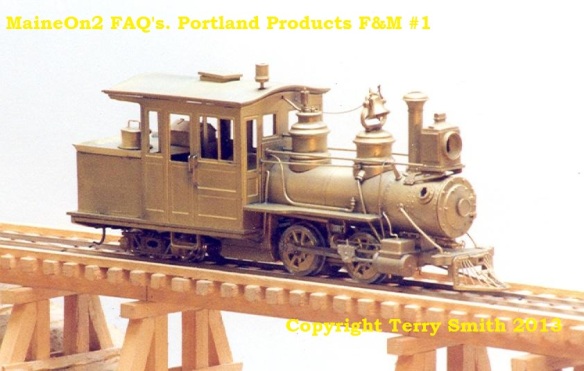
This fabulous model of a small Maine Two Foot Forney style loco resulted from a collaboration between Bob Werner, proprietor of the Hobby Barn and Portland Products and Peter Barney, then proprietor of SRCS (Sandy River Car Shops). Machined parts were produced by Steve Earle and most of the 41 units produced for sale were assembled by noted Two Foot modeller Mark Hall. It is believed that Bob Werner may have assembled the final three units offered for sale. The F&M #1 was intended to be the first in a line of small Forney’s produced domestically within the USA, continuing with models of Monson #1 & #2 and Bridgton #1 & #2, if there were sufficient orders. Peter Barney advertised the model availability in his SRCS Newsletters in the 1986 to 1989 timeframe, and referred to the collaboration as “The Forney Co.”. Some models were sold in white SRCS boxes, labelled “The Forney Co.” and incorrectly describing the model as “F&M #2/#3”. Bob Werner sold some models in red boxes labelled “Portland Products, a division of The Hobby Barn, and correctly describing the model as F&M #1”.
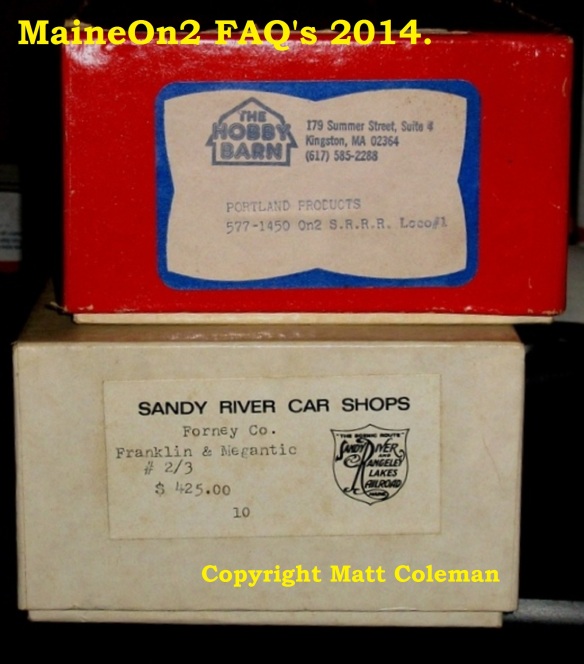
The production quantity is stated in the SRCS Newsletters as being 25 pieces, and the original retail price was $425. According to Mark Hall, he built 38 locomotives and added a builders serial number inscribed into the underside of the rear deck in an area covered by the rear truck. Bob Werner is believed to have assembled the final three units offered for sale, and one of these units does not have such a serial number.
The model had a similar specification to the earlier Putnam & Stowe engines, but had a better build quality. The Sagami can motor was fitted with a small lead flywheel which combined with a properly engineered gearbox gives good running performance. Current owners of this locomotive rated it very highly in the Owners Survey.
The rear truck has a novel mounting consisting of a pillar on the engine frame with a vertical spring locating in a cross slot in the truck bolster. This mounting allows the rear truck to slide sideways by .093” each side of centre under friction damping from the spring and allows upwards displacement of the whole truck against the spring pressure.
Information from the Brass Guide
Editors note, 28-12-2014: total production sold is 41 units, according to Mark Hall.
The Brass guide lists additional versions (road names and numbers) and suggests that some four batches each of 50 were produced. These are reproduced below for reference only.
|
Road
|
|
Number |
Quantity |
Brass Guide Number |
|
F&M
|
Loco 0-4-4T
|
#1 |
|
|
|
F&M
|
Loco 0-4-4T
|
#2/3 |
(50)
|
37814 |
|
|
|
|
|
|
SR&RL
|
Loco 0-4-4T
|
#1 |
(50)
|
35667 |
|
SR&RL
|
Loco 0-4-4T
|
#2 |
(50)
|
35668 |
|
SR&RL
|
Loco 0-4-4T
|
#3 |
(50)
|
35669 |
Sadly, the collaboration did not continue with their original intended line of small Forneys, but instead produced an unpowered pilot model of the much larger SR&RL #9 (2-4-4RT), which was on display in the Hobby Barn for some years. This model never went into batch production and was overtaken by the imported offerings from The Car Works.
Update 4-January-2014: The Editors have uncovered a posting to the MaineOn2 Yahoo! group written by Ray Christopher in December 2010 which gives some more information, and is reproduced here in it’s original form;- Several models of Hinkley Forneys have been available. Peter Barney of Sandy River Car Shops released an On2 model of F&M #1 in its later configuration. A photo appears in MTFM #8, January 1987. The article states the model was released by The Forney Company. I have one of these models and the box is labelled Sandy River Car Shops. The model was built by Bob Werner. The July 1988 issue of MTFM #16 has an article about a second model of F&M #1 released by Portland Products. The article states this is the same model as the SRCS release with some improvements. The December 1989 issue of MTFM #23 has an article about Portland Products release of Hinkleys SR#1 and P&R #4. This model of P&R #4 has the correct cab roof for the P&R period. The article also has pictures of Bob’s F&M #1 and the pilot model for SR&RL #9. I have never seen any of these models. If anyone has one please post some pictures. A few other observations. There appears to be two sizes of Hinkley sand domes. SR #1, SR#2, Monson #1 and Monson #2 all had domes shorter than the steam dome. F&M #1, B&SR #1 and B&SR #2 all had domes the same height as the steam dome providing more sand capacity. This is an easy change at the factory as both sizes use the same top and bottom castings. The P&S models have the same size tanks as the Portland locomotives but these are not the original tanks. The larger tanks came after rebuilds that extended the frames and added the larger tanks. The originals were adequate for the B&B but probably inadequate for the longer runs of the growing Franklin County roads. The same sized cabs makes sense. The locomotives increased in size but the people operating them did not. No need to change what already is adequate. Finally, don’t forget the great article in MTFM #13 by Charlie Siebenthal with drawings showing the evolution of SR #1 and SR #2. Ray Christopher.
Update 08-07-2015: Peter Watson’s photograph’s of all four pilot models on his home layout are also shown in the Narrow Gauge & Short Line Gazette, January/February 1990 edition.
Update 26 January 2014: page six of the Coastal Engineering price list may give a clue to what happened to the proposed range of locomotives. Most probably the pilot models were built, but then insufficient orders/reservations were received (25 required for the photo-etchings, 50 for castings) to allow the models to be produced economically. Click here to visit the Portland Products Parts and Coastal Engineering Price list posting.
This post was written by Terry Smith with additional information provided by Walter Orloff in 2013 and updated in 2015 with information provided by Mark Hall and Chris Walker.
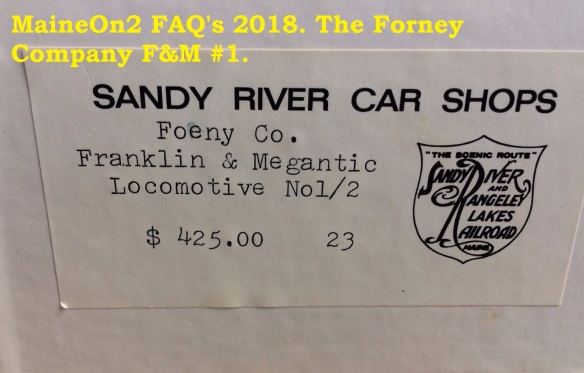
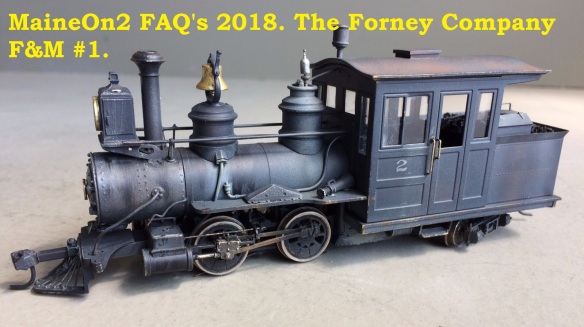

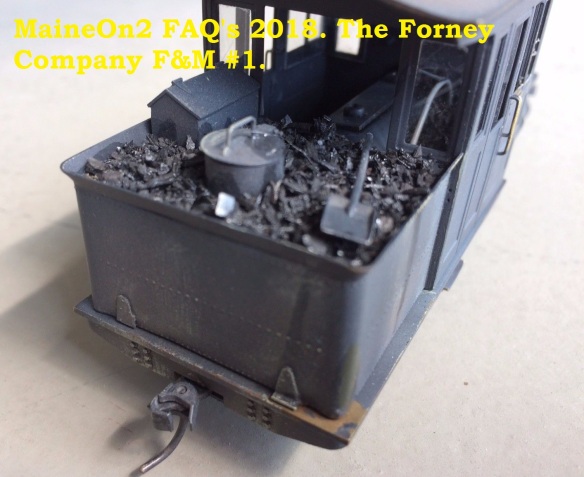





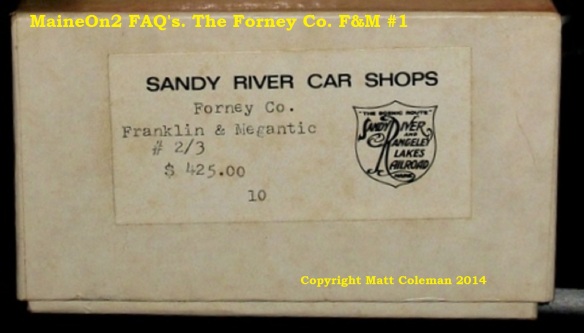






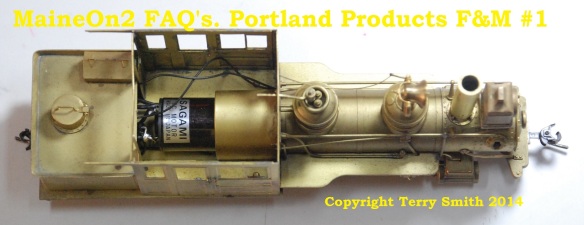

You must be logged in to post a comment.